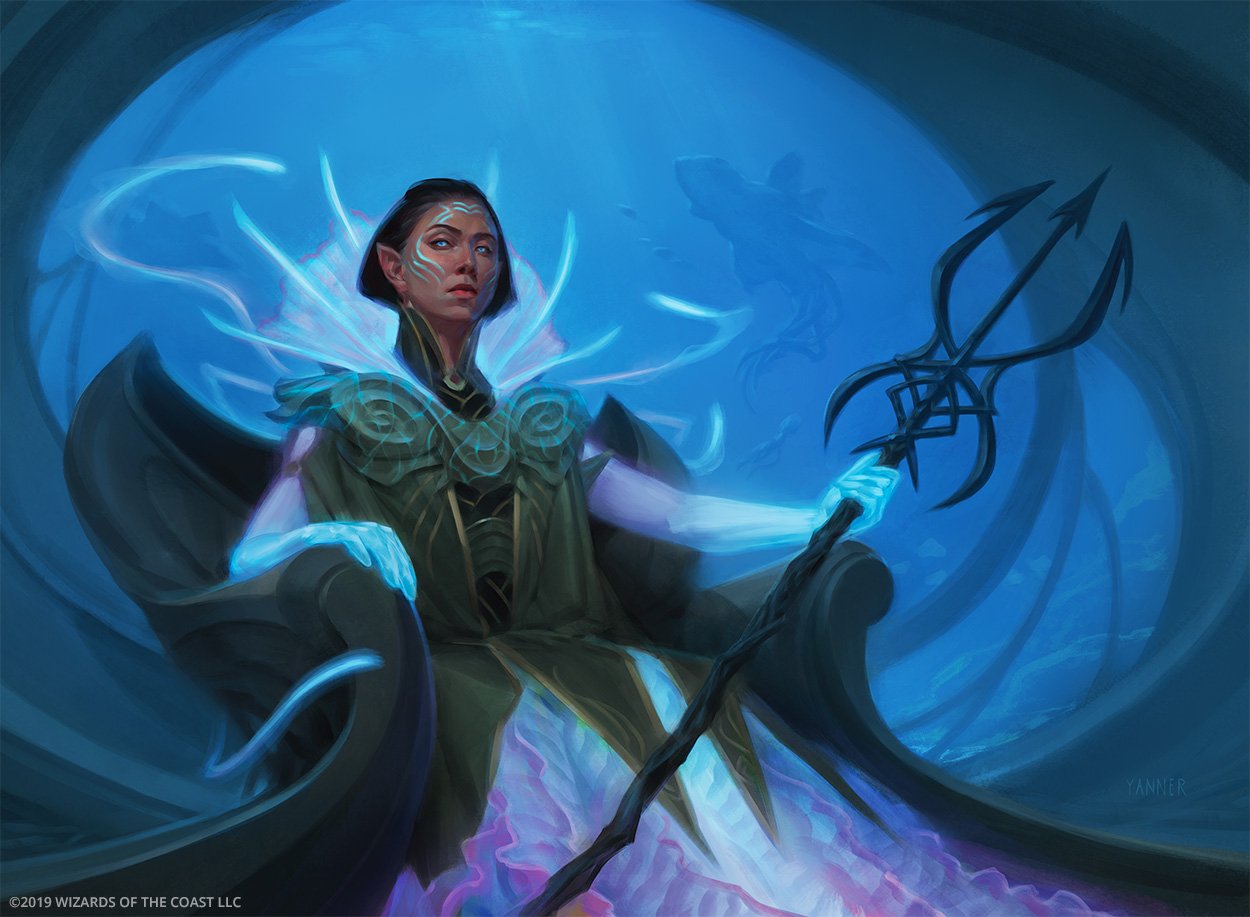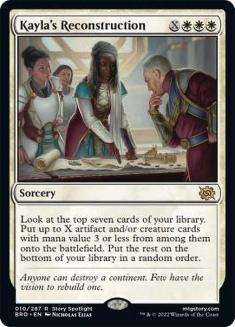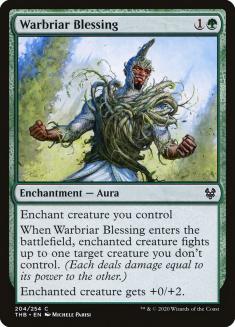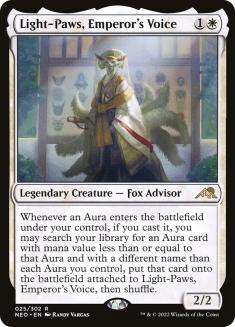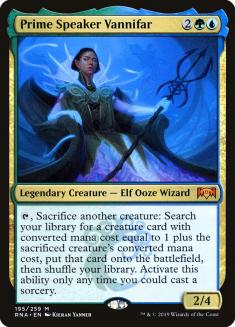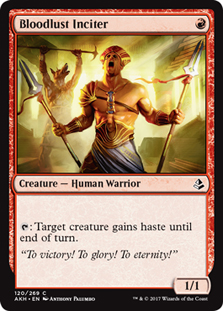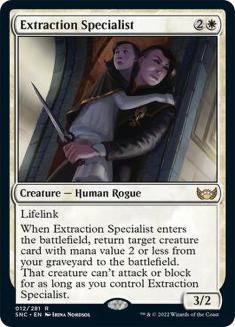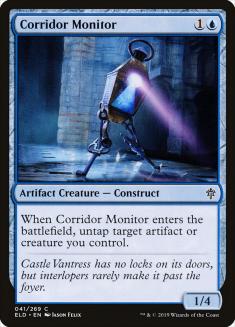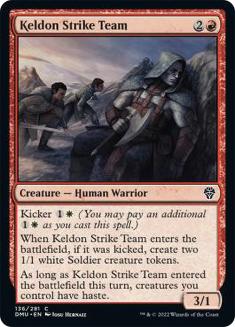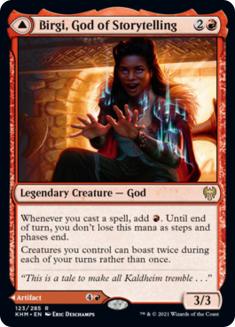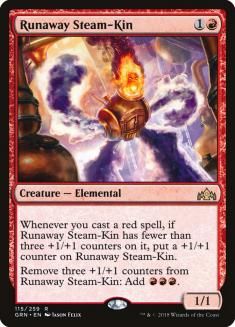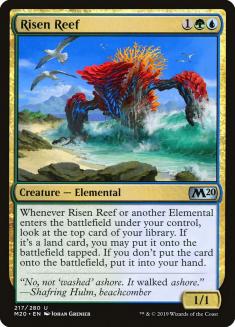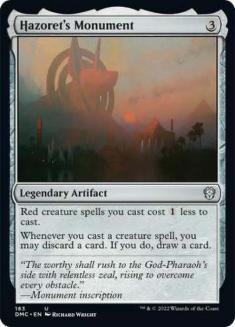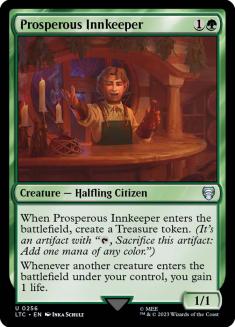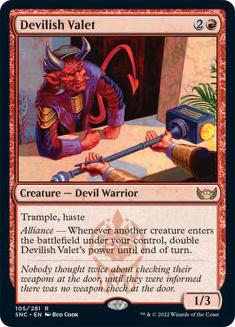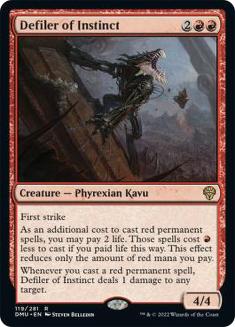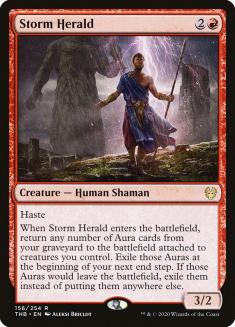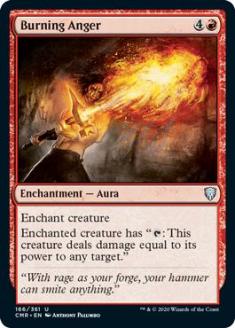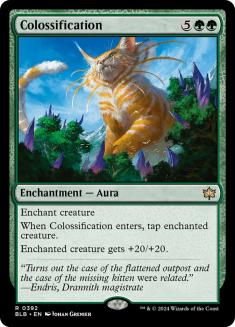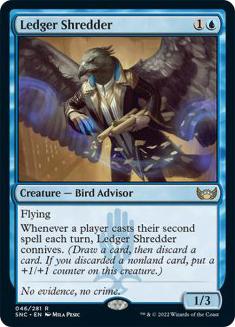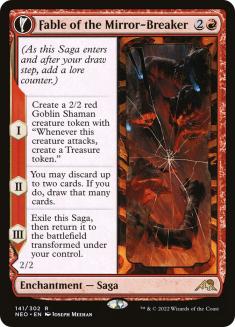This first round of Regional Championships in Atlanta, Sofia, and São Paulo was a breath of fresh air for Pioneer fans. The clash of the titans between Mono-Green Devotion and Rakdos Midrange that seemed so likely a few months ago failed to materialize, even though they were the most popular decks. If anything, it was Pioneer staple Izzet Phoenix that had the best weekend.
Each of these pillars put up respectable but not dangerous numbers. The Atlanta Top 8 contained eight different archetypes spanning the whole spectrum of aggro, midrange, control, and combo. There are still justified complaints about the gameplay of some of the matchups between top-tier decks, but it’s hard to ask for much better from a format diversity perspective.
If we look a layer deeper, we see a feast of unexpected decks that fought hard for those seats at the top tables. Let’s start with the less surprising ones.
Angels
Selesnya Angels has always had a devoted following – tribal decks, lifegain, and Angels are all popular, and this ticks every box at once. Left to its own devices, it dominates any creature deck that can’t remove everything it casts, generating an absurd army on the battlefield while sending its life total into the stratosphere. If you expect players to turn to decks like Gruul Midrange, Mono-White Humans, or the various builds of Spirits to fight Mono-Green Devotion, Angels is the perfect response.
This list that a French contingent took to Sofia addresses the archetype’s bloated mana curve, cutting weak three-drops like Realmwalker and adding more lands and flexible two-drops like Charming Prince or Skyclave Cleric, but also aims higher with one of the most exciting cards in the new set.
Two main pillars of the format in Rakdos Midrange and Izzet Phoenix boast enough removal to pick off key enablers like Bishop of Wings or important Angels to prevent you from accomplishing anything. Kayla’s Reconstruction lets you double down on Collected Company effects to start rebuilding. Thankfully, Izzet Phoenix isn’t as good at shooting down your Angels as it may appear, as so much of their removal relies on dealing damage.
Fiery Impulse is a solid removal spell that can tag a Giada, Font of Hope or Resplendent Angel, but it misses Bishop of Wings and the all-important Righteous Valkyrie – and, once Valkyrie is online, you can easily shrug off even something like Lightning Axe. Between this and powerful sideboard cards like Deafening Silence or Rest in Peace / Unlicensed Hearse, the Phoenix matchup is better than it appears, a strong selling point for any deck as Phoenix continues to rise from the ashes.
Kayla’s Reconstruction also adds a sense of inevitability in longer games – the opponent can feel far ahead, only to be suddenly buried by a topdecked Kayla’s Reconstruction. If you were able to build a battlefield presence before, even a modest Reconstruction can put you massively ahead. The adoption of Nykthos, Shrine to Nyx over the usual Mutavaults, powering big Reconstructions as well as the activated ability of Resplendent Angel, reflects this shift in philosophy. You can go completely over the top in a manner reminiscent of the scariest Storm the Festivals in Mono-Green Devotion.
Well, most of the time…
Auras
These results suggest more reasons to dust off your Brushlands:
Creatures (17)
- 4 Gladecover Scout
- 3 Sram, Senior Edificer
- 4 Paradise Druid
- 2 Generous Visitor
- 4 Light-Paws, Emperor's Voice
Lands (17)
Spells (26)

Every colour makes a compelling offer to the Auras shell in Pioneer. Green gives you the best one-drop in Gladecover Scout and now another strong one-mana Aura in Audacity, but until recently Selesnya Auras had the worst mana of any possible colour combination. The mana now isn’t good – you’ll take more damage from Brushland plus Mana Confluence than you’d like, and Pathways aren’t ideal for meeting heavy mana requirements in multiple colours – but it works.
A subtle but strong reason to be in green is Warbriar Blessing. There are many decks in Pioneer that can build a formidable battlefield but don’t have on-theme ways to interact well with the opponent – my beloved Hardened Scales is the perfect example without Walking Ballista. Any Auras deck can make one creature very big very quickly, only for Thing in the Ice to undo all that hard work or for Righteous Valkyrie to send their team to the moon. Warbriar Blessing fills that gap as removal on an Aura that you can find with Light-Paws, Emperor’s Voice. Against Mono-Green Devotion, sniping that Turn 1 Elvish Mystic can flip the race in your favour.
If Mono-Green remains at the top of the food chain, Selesnya Auras can hope to follow the same approach that supposedly made Boros Heroic the nightmare matchup – build a giant attacker that they can’t block effectively or at all and back it up with a smattering of interaction.
Vannifar
Creatures (36)
- 3 Thalia, Guardian of Thraben
- 4 Reflector Mage
- 4 Thraben Inspector
- 4 Thalia's Lieutenant
- 4 Bloodlust Inciter
- 4 Prime Speaker Vannifar
- 1 Corridor Monitor
- 3 Luminarch Aspirant
- 4 Glasspool Mimic
- 4 Extraction Specialist
- 1 Keldon Strike Team
Lands (22)
Spells (2)

Pro Tour and Players’ Tour winner Joel Larsson was the stylish frontman for a Swedish group who took this tournament by surprise with a Humans deck with a Prime Speaker Vannifar combo chain spliced into it.
Before Simic became synonymous with Oko, Thief of Crowns and Uro, Titan of Nature’s Wrath, it gave us intriguing experiments like Prime Speaker Vannifar. This Birthing Pod throwback was a smash hit in Commander but failed to crack 60-card formats – but not for lack of trying. You can use it as the kind of gradual value engine that let the Birthing Pod decks across formats play a strong fair game – or you can look for obscure creatures at the right mana value that fill a very specific role to fill out the perfect recipe.
With an active Prime Speaker Vannifar and a one-drop, you can win immediately. Bloodlust Inciter is a fantastic find for this deck, giving Vannifar haste the turn you cast it and then acting as a sacrifice to get the chain going.
- Vannifar turns a one-drop into Corridor Monitor, untapping Vannifar.
- Vannifar turns Corridor Monitor into Extraction Specialist returning Corridor Monitor, which untaps Vannifar.
- Repeat this until you have found all your Extraction Specialists, then repeat for Glasspool Mimic copying Specialist in the same role.
- Vannifar turns Corridor Monitor into Keldon Strike Team, letting your army of 3/2s (and anything else along for the ride) attack for lethal damage.
A dedicated Vannifar deck wouldn’t be consistent or resilient enough, but this deck can do a decent impression of the Bant Humans lists that saw success earlier this year. Thalia and Luminarch Aspirant can demand the removal intended for Vannifar, while Extraction Specialist gives you some insurance against removal when it’s not acting as a central combo piece. Collected Company and sticky threats like Graveyard Trespasser let you pivot into a more normal and sturdy creature deck as required.
Ignus
Combo enthusiasts have even more to enjoy from this weekend:
Creatures (30)
- 4 Llanowar Elves
- 4 Grinning Ignus
- 1 Fauna Shaman
- 4 Elvish Mystic
- 1 Runaway Steam-Kin
- 4 Risen Reef
- 1 Tangled Florahedron
- 4 Birgi, God of Storytelling
- 4 Prosperous Innkeeper
- 1 Devilish Valet
- 2 Defiler of Instinct
Lands (20)
Spells (10)

Grinning Ignus is one of those freaks from Future Sight that you knew would cause trouble somewhere. It took fifteen years, but it’s finally here. This is very much a Grinning Ignus combo deck, with every other piece selected for enabling loops with Ignus somehow.
By itself, Grinning Ignus can be recast (and then enter the battlefield, if you’re looking for that) repeatedly for a single red mana each time. This is effectively How to Keep an Izzet Mage Busy – perhaps further proof for my theory that Future Sight was a set like Mystery Booster or an Un-set that somehow escaped the laboratory and took a black border as disguise.
This ragtag bunch of enablers all either reward you for doing this, reduce the cost of this, or both.
Birgi, God of Storytelling and Runaway Steam-Kin make looping Ignus mana-neutral by giving you back the extra red mana (every three cycles, in Steam-Kin’s case). This lets you access these rewards an unlimited number of times – you can gain infinite life with Prosperous Innkeeper or draw your entire deck with Risen Reef or Hazoret’s Monument. The colourless cost reducers like Hazoret’s Monument don’t go infinite by themselves, but they do launder this red mana into colourless mana, which can be funneled into expensive spells like Collected Company or Birgi as Harnfel, Horn of Bounty.
Defiler of Instinct is an unlikely gift to this deck from Dominaria United as a cost reducer and reward in one package. Defiler turns the red mana in Ignus’s mana cost into a life payment, so you are capped by how much spare life you have, but you can double the number of cycles with a Prosperous Innkeeper or go infinite with double Innkeeper. In stark contrast with these other enablers, Defiler has fine stats and an impact on the game with no other support.
If this all sounds elaborate, you’re not wrong. This shell works because the finite loops with fewer resources are still worthwhile. Risen Reef plus Ignus lets you spend a red mana to get a Risen Reef trigger as often as you like, which gives you a flood of resources that in turn helps to set up a full combo. Defiler and Ignus let you scatter damage across the battlefield at will. You can’t always do your thing, but you can do something relevant.
Herald
Creatures (16)
Lands (18)
Spells (27)

This final deck is the brainchild of combo expert Marc Tobiasch. It’s highly reminiscent of Greasefang, tearing through the deck to find its namesake creature and buy back its combo pieces from the graveyard. Storm Herald attaches Burning Anger and Colossification to itself or another creature, which then taps to activate Burning Anger for a lethal load of damage before it is tapped by Colossification.
Temur Herald lacks Greasefang’s access to the premium black disruption like Thoughtseize, as well as Can’t Stay Away to force Greasefang through removal, but it has other advantages. If you have multiple copies of each enchantment in your graveyard, Herald can put one of each on separate creatures to force the opponent to have multiple removal spells.
Ledger Shredder and Fable of the Mirror-Breaker have done amazing work individually and together in much fairer decks, but they also allow these unfair decks to play a fair game while chasing their dream.
If you’re looking for a safe choice for your next Pioneer tournament, there’s sure to be one that fits your preferences and has seen recent success. If you want to do something off-the-wall and have a blast without writing off your tournament, you have just as many options there too.

